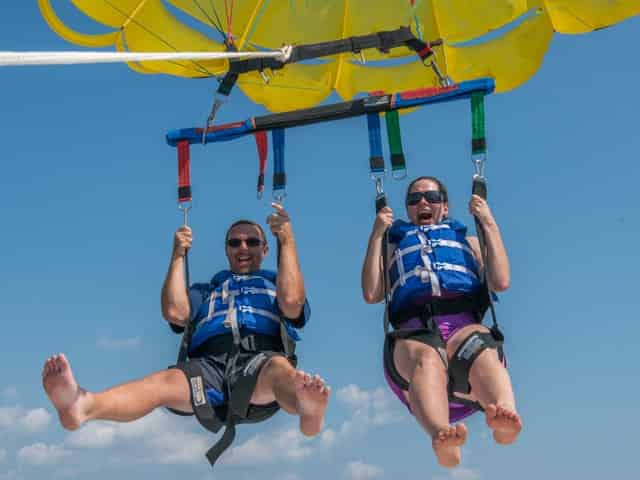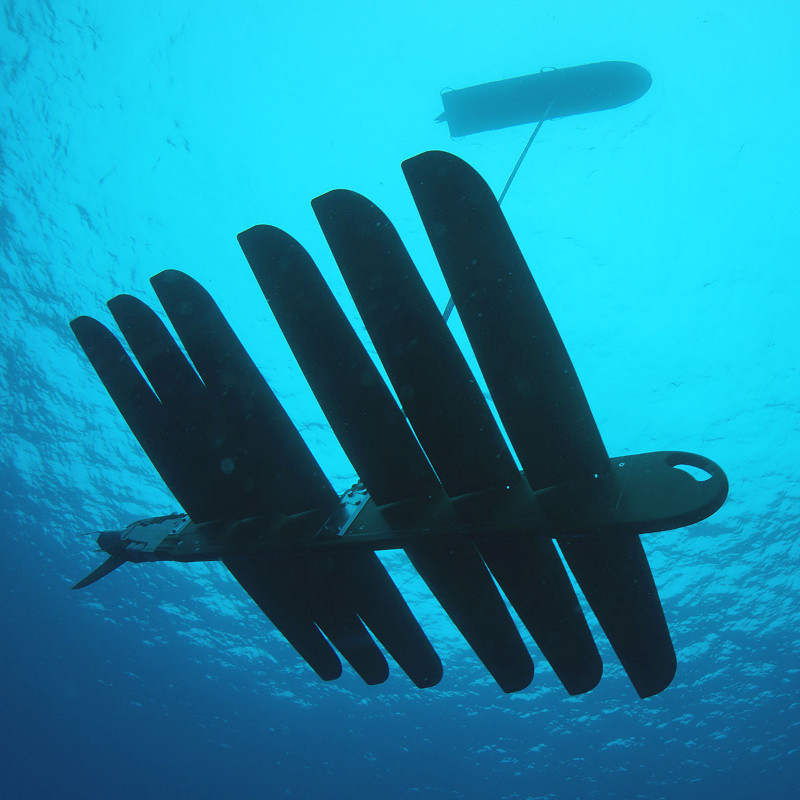

A license note citing the Creative Commons Attribution 3.0 United States License as shown below needs to be placed in the footnote on the first page of the article.įirst Author et al. You assign rights to the Prognostics and Health Management Society to publish and disseminate your Work through electronic and print media if it is accepted for publication. By submitting your Work, you are granting anybody the right to copy, distribute and transmit your Work and to adapt your Work with proper attribution under the terms of the Creative Commons Attribution 3.0 United States license. By submitting an article to the International Conference of the Prognostics and Health Management Society, the authors agree to be bound by the associated terms and conditions including the following:Īs the author, you retain the copyright to your Work.
FLYING DURATIONS FULL
A Creative Commons license does not relinquish the author’s copyright rather it allows them to share some of their rights with any member of the public under certain conditions whilst enjoying full legal protection. The Prognostic and Health Management Society advocates open-access to scientific data and uses a Creative Commons license for publishing and distributing any papers. Power and Energy Society General Meeting, 2010, IEEE. "Comprehensive dynamic battery modeling for PHEV applications". "Towards Requirements in Systems Engineering for Aerospace IVHM Design".

“Requirements Flowdown for Prognostics and Health Management”. Saxena, A., Roychoudhury, I., Celaya, J., Saha, B., Saha, S. "Optimizing Battery Life for Electric UAVs Using a Bayesian Framework".

“Battery Health Management System for Electric UAV’s”. Saha, B., Koshimoto, E., Quach, C., Hogge, E., Strom, T., Hill, B., Vasquez, S.

12th AIAA Aviation Technology, Integration, and Operations (ATIO) Conference and 14th AIAA/ISSM (p. "Performance Analysis and Design of On-Demand Electric Aircraft Concepts". Annual Conference of the Prognostics and Health Management Society 2013. "Battery Charge Depletion Prediction on an Electric Aircraft". Quach, C., Bole, B., Hogge, E., Vazquez, S., Daigle, M., Celaya, J., Weber, A. "A Data System for a Rapid Evaluation Class of Subscale Aerial Vehicle”. “Radiated Emissions From a Remote-Controlled Airplane - Measured in a Reverberation Chamber “. Annual Conference of the Prognostics and Health Management Society, 2012.Įly, J., Koppen, S., Nguyen, T., Dudley, K., Szatkowski, G., Quach, C., Vazquez, S., Mielnik, J., Hogge, E., Hill, B. “An Efficient Deterministic Approach to Model-based Prediction Uncertainty Estimation”. Annual Conference of the Prognostics and Health Management Society.ĭaigle, M., Saxena A. “SIL/HIL Replication of Electric Aircraft Powertrain Dynamics and Inner-Loop Control for V&V of System Health Management Routines”. European Conference of the Prognostics and Health Management Society.īole, B., Teubert, C., Quach, C., Hogge, E., Vazquez, S., Goebel, K., & Vachtsevanos, G. "Online Prediction of Battery Discharge and Estimation of Parasitic Loads for an Electric Aircraft". Accuracy requirements are considered in this paper for an alarm that warns operators when remaining flying time is estimated to fall below a specified threshold.īole, B., Daigle, M., Gorospe, G. The time at which the lower- limit on battery charge is crossed is then used to measure the accuracy of remaining flying time predictions. The fully integrated aircraft is repeatedly operated until the charge stored in powertrain batteries falls below a specified lower-limit. The vehicle under test is commanded to follow a predefined propeller RPM profile in order to create battery demand profiles similar to those expected in flight.
FLYING DURATIONS VERIFICATION
The algorithm verification procedure described here uses a fully functional vehicle that is restrained to a platform for repeated run-to-functional-failure experiments. A set of ground tests is described that make use of a small unmanned aerial vehicle to verify the performance of remaining flying time predictions. This paper addresses the problem of building trust in online predictions of a battery powered aircraft’s remaining available flying time.


 0 kommentar(er)
0 kommentar(er)
